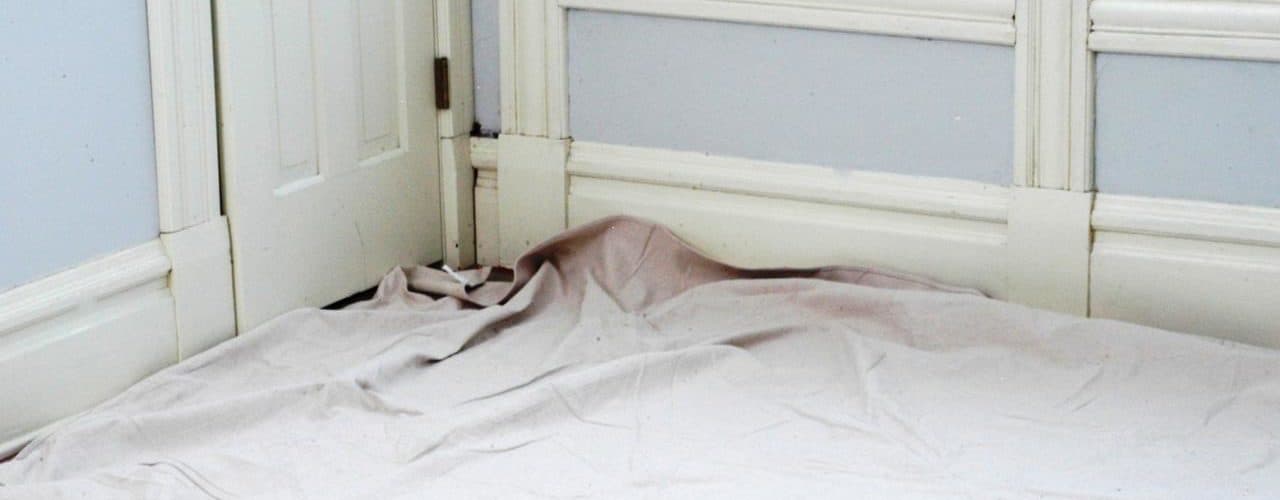Painting a room in your home is not as complicated as it sounds. Many people don’t know which end of a paintbrush is which and don’t care to learn. They are quite happy to call in a professional home painter then leave home for the day and come back to a freshly painted room. However, there are just as many, or perhaps more, enterprising individuals who derive a profound sense of satisfaction and accomplishment from completing small home improvement jobs on their own. If you have never painted a room you might be surprised at how easy it actually is to do and how much money you can save by doing it yourself. Your bedroom is a good place to test your painting skills. Although you want it to be beautiful, it usually isn’t the first room guests see when they come into your home. Also, it likely isn’t the room where you spend most of your time. Therefore, you can afford to be a tad more tolerant if the job isn’t perfect, just knowing that you did it yourself. There are a few tips which might streamline your maiden painting voyage.
Choosing a Color
The first step to achieving your beautiful new room is to choose just the right color. This may sound like a snap decision but it is like many others. Choose in haste and repent in leisure. Bright and bold colors may look fabulous in color catalogs and home decorating magazines, but they may not be right for you or your room. Bright colors tend to make a small space appear smaller. On the other hand, bold may be just what you are looking for. Remember that the bedroom is usually a place of rest and relaxation. If you end up hating the color you choose, you will not find your bedroom to be the oasis it should be. If you have any reservations about bold colors, you would be wise to choose neutral colors.
Pre-painting Preparations
Once you have chosen your colors and purchased your paint, brushes, rollers, masking tape, and drop cloths you are well on your way. Make sure that the paint is shaken before you leave the store. Request that it be done, in order to be sure that is has been. You will need to stir the paint again upon opening the can and each time you re-open it. Remove as many furnishings and decorations as possible from the room. You will save more time and effort in the painting and clean-up process than you will lose in moving and replacing items from the room. Secure drop cloths over the floor area and over any furnishings which may have been left in the room. Apply masking tape around window frames, around the edge of the floor, and around any other surfaces which are not to be painted. This may seem to be time consuming, but it is another step which will prove its worth.
Painting
For large areas a paint pan and a roller will be a life-saver. If you are painting your ceiling, you will do that first. Use a medium width paint brush to paint around the edges of the ceiling and away from corners so that the rest is easily accessible with the roller. Then use the roller to finish painting the ceiling. Follow the same procedure on the walls, using the brush to trim around window frames, the floor, and ceiling. Use the roller to paint the larger areas. Using a roller or brush may feel foreign to you at first, but you will quickly come to feel as if you have been painting for years. You may find that you need to touch up here and there until you get the hang of it, but you will love the feeling of accomplishment that you get from doing it yourself.



